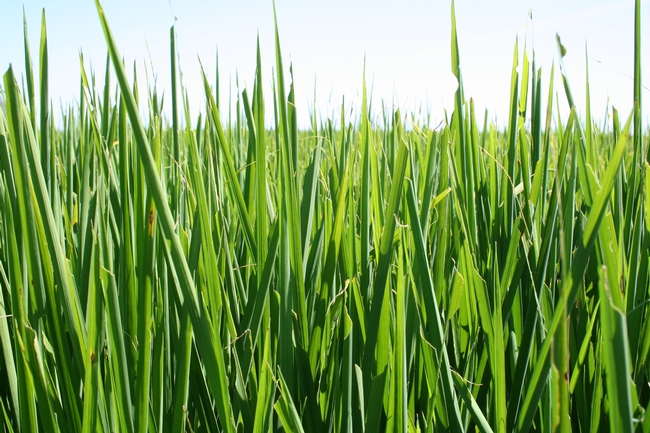In the past week, many growers and PCAs have identified fields infested with armyworms. The size of these worms is small, ranging from first to third instars. The amount of defoliation they cause at these stages is small. However, once these worms reach the fifth instar, they will consume a lot more foliage and have the potential to cause yield reductions.
Last year, infestations sneaked up on us and were difficult to control because of the number of worms and their size. Older worms are much harder to kill than younger worms. This year, the fact that many growers and PCAs have noticed the infestations early gives us the upper hand. Nevertheless, I would not recommend treating until you notice defoliation is approaching the threshold.
Many factors affect the survival of armyworm larvae in the field. There are many natural enemies that will consume the larvae, such as spiders, plant bugs, beetles, frogs, etc. Additionally, weather can also play a role. Humid conditions can promote the development of armyworm diseases. Cold weather will slow down their movement, making them more susceptible to attack by natural enemies.
Research has shown that rice can withstand up to 25% defoliation before a yield reduction occurs. Most of the time, defoliation is limited to discrete areas of the field. Monitor for foliar injury by looking for signs of armyworms feeding on leaves. To sample, choose a part of the field where you have observed injury. Select a plant at random and pull it up or move all the surrounding foliage away and check for defoliation. Check the plant from the top of the leaves to the base of the plant and the water surface for armyworms. Determine if 25% or more of the foliage has been removed by armyworms; also note if you find armyworms on neighboring weeds or rice plants. Repeat this procedure every 5 to 10 feet across a transect until 10 plants have been examined. Move to a different part of the field where feeding is evident and examine 10 more plants in the same manner. Repeat this procedure at several areas of the field until you are confident that you have an estimate of the average field condition.
Keep in mind that warm weather speeds up armyworm development, and therefore, defoliation will occur faster. Once you are approaching treatment levels, make the decision to treat so that there is enough time for the application to go out before the threshold is reached. Windy days and applicator backlog can delay the treatment date.
